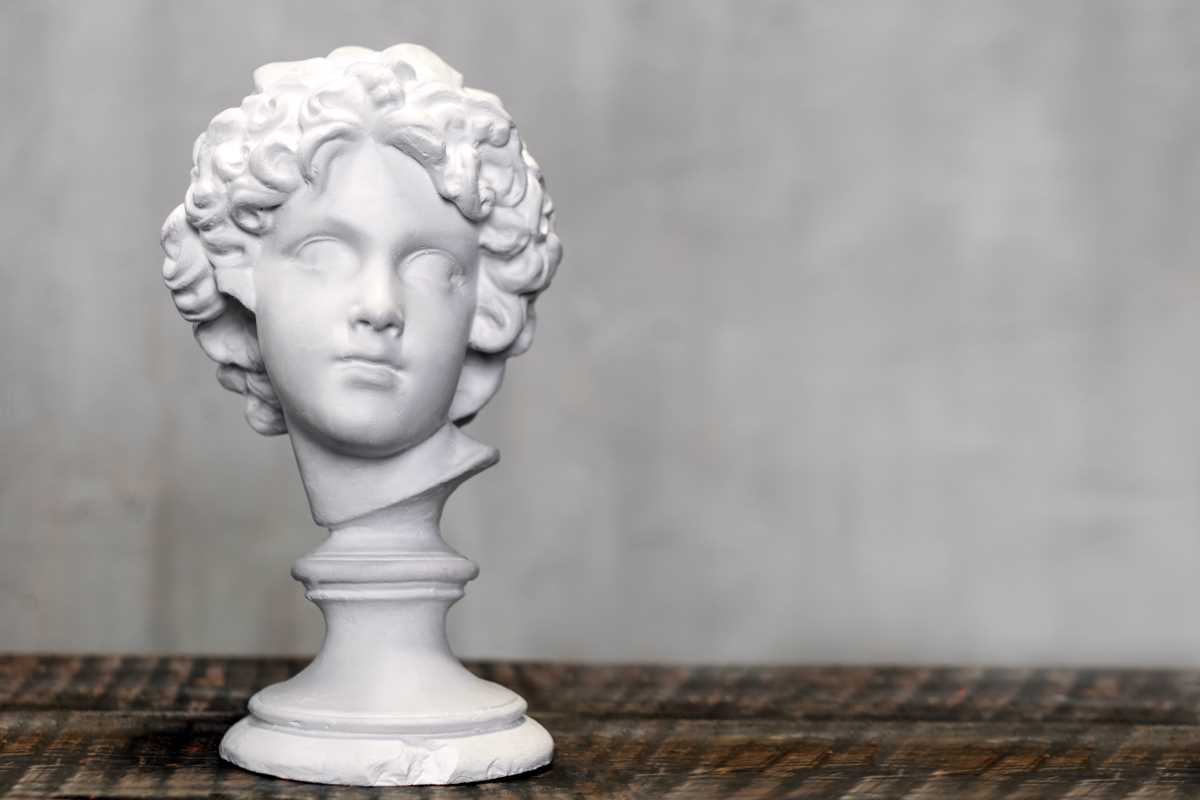Art has a way of transforming spaces. It turns ordinary rooms into places that feel alive, inspiring, or even a little magical. Sculptures and installations are a perfect example of this. These three-dimensional works of art aren’t just for museums or public spaces; they can bring creativity, personality, and style into your home or office.
But choosing artwork for your space can feel a little intimidating. What kind of sculpture would work in your living room? Will an installation feel too overwhelming in an office? And how do you even know what works with your style?
Don’t worry. Whether you’re a seasoned art enthusiast or completely new to the world of sculptures and installations, this article will guide you through the basics. We’ll explore the types of sculptures you can bring into your space, how to choose the right piece, and ways to make it work in your home or office.
What Are Sculptures and Installations?
Before we jump into design tips, let's get clear on what sculptures and installations really are.
Sculptures
Sculptures are three-dimensional works of art that are made to be seen from all angles. These pieces can be created from just about any material, including metal, wood, glass, clay, or even recycled items. They range from small tabletop figures to large, freestanding works that become focal points of a space.
Sculptures usually depict something real or abstract. A sculpture might take the form of a person, animal, geometric design, or something completely imaginative. Unlike paintings or prints that sit flat against the wall, sculptures physically stand out and add depth and texture to any space.
Installations
Installations are a little different. They’re also three-dimensional, but they’re designed to transform or interact with a space. Installations often involve more than one element, like a group of objects, materials, or even lights arranged in a way that creates an experience.
These artworks can alter how you see and feel in a room. For example, an installation might be a collection of hanging crystals that reflect light, or it could be a set of objects arranged on the floor to guide how people move through a space. They often invite participation or make the viewer a part of the experience.
Why Bring Sculptures and Installations Into Your Space?
When people think about decorating their homes or offices, they often focus on furniture, paintings, or prints. Sculptures and installations might not be the first thing to come to mind. But here’s why they’re worth considering.
Add Dimension and Texture
Unlike a flat painting on the wall, sculptures and installations add depth. They make the room feel dynamic and layered, helping it stand out and feel unique. For example, a metal or glass sculpture can lend a sleek, modern touch, while a wooden piece adds warmth.
Create a Statement
Want to make a lasting impression on your guests or clients? Sculptures and installations can bring that wow factor. A bold, eye-catching piece in the right spot becomes an instant conversation starter.
Personal Expression
Art is a reflection of who you are. Incorporating sculptures or installations lets you share your personality and taste with others. Maybe you’re into abstract designs, cultural themes, or quirky, playful pieces. Whatever you love, there’s artwork out there that reflects it.
Choosing Sculptures for Your Home
Sculptures come in all shapes, sizes, and styles, so how do you know what will fit in your house? Here are a few guidelines to get you started.
Consider Your Space
The first step is to think about where a sculpture might go. Do you have a shelf, mantle, or table that could use an accent piece? Or maybe you have an empty corner or walkway that could use a freestanding sculpture.
For small spaces, tabletop sculptures or wall-mounted pieces are great options. If you have more room to work with, larger sculptures can create a dramatic effect. Just make sure there’s plenty of space around them to avoid over-crowding.
Match Your Style
Sculptures come in styles to suit every type of home decor. Here are a few examples to inspire you:
- Modern homes: Clean, minimalist sculptures made from metal, glass, or resin often work well. Look for geometric designs or sleek, polished surfaces.
- Rustic homes: Wooden sculptures, carvings, or pieces inspired by nature can add to the cozy vibe.
- Eclectic spaces: Colorful or playful sculptures with unusual materials bring a fun, creative energy.
- Traditional interiors: Bronze or marble sculptures, especially classical figures or busts, add a timeless elegance.
Think About Themes
Art doesn’t have to match your furniture or walls perfectly, but it should fit the mood or story of the room. If your home is by the beach, for instance, you might choose a sculpture inspired by the ocean. If you’re a fan of fantasy, a mythical-themed piece could be just the thing to complete your space.
Incorporating Sculptures and Installations in Offices
It’s not all about homes; offices are ideal spaces for incorporating art. Whether you’re working from home or designing a shared workspace, sculptures and installations can enhance the environment and make it more enjoyable. Here’s how.
Create a Professional Yet Inspiring Atmosphere
The right sculpture can add sophistication to an office without being distracting. A sleek abstract or a neutral-toned piece keeps the space looking professional while adding interest.
For creative industries, consider sculptures or installations that spark imagination and conversations. Playful or unusual works often inspire teams and clients alike.
Make Use of Unused Space
Offices often have underutilized areas, like empty corners, plain walls, or overlooked entryways. A sculpture can easily bring life to these spots. For example, a tall sculpture can fill an empty corner, while a vertical installation can add interest to a blank wall.
Enhance Company Values or Branding
Art can speak volumes about a company’s identity. If your business prides itself on sustainability, why not include an installation made from recycled materials? If you’re a tech startup, consider futuristic sculptures that align with your innovative image.
Tips for Arranging Sculptures and Installations
Once you’ve picked your artwork, it’s time to think about placement. Where and how you display a sculpture or installation can make all the difference.
Spotlight It
Give sculptures room to breathe. Whether you place it on a shelf, stand, or floor, it should be in a spot where it can shine without competing for attention. Aim for a balance—not too isolated, but not crammed in either.
Consider Lighting
Lighting is key, especially for sculptures and installations. A spotlight, pendant light, or even natural sunlight can highlight every curve, shadow, or texture. Experiment with angles to find what works best.
Rotate or Rearrange
Think of your space as an evolving canvas. You don’t have to leave sculptures in the same place forever. Move them around occasionally, or switch pieces out to keep things fresh and exciting.
 (Image via
(Image via





